Roof Insulation System Using EPS Sheets
Summary of application
Step 1: Waterproofing of RCC concrete using Water Guard 491.
Step 2: Flood Test of RCC slab.
Step 3: Floor Screed with the addition of Ressi SBR 5850 and Silmix to make the slab level.
Step 4: Application of EPS sheets using Ressi Insufix 200.
Step 5: Application of Metal Mesh over the EPS Surface.
Step 6: Application of Screed with the addition of Ressi SBR 5850 and Silmix.
Step 7: Chamfer making with the addition of Ressi SBR 5850 and Silmix in the mortar mix.
Step 8: Finishing of the screed surface (if required)
Detailed description
Insulation is the most effective way to improve the energy efficiency of a home, commercial or an industrial space. Insulation of the building envelope helps keep heat in during the winter, but also lets’ heat out and cooling inside the structure during summer. If a structure is properly insulated it can easily save up to 60 ~ 70% in heating and cooling costs after installation.
An un-insulated structure is subject to considerable winter heat losses and summer heat gains. Ressichem has a variety of products that can use used for the insulation of a roof. The following system describes a waterproofing and insulation systems with the effective use of EPS sheets.
Step 1: Waterproofing of RCC concrete using Water Guard 491
It is recommended to apply the waterproofing coating of Water Guard 491. It is a 2 component highly flexible cementitious copolymer coating ideally designed as an excellent waterproofing coat over concrete and other cementitious surfaces to resist positive water ingress. It is essential to apply Water Guard 491 Correctly, it is recommended to apply 2 coats of the material in right angled directions. If the first coat is applied top to bottom, the second coat should be applied in a left to right direction (Please refer product datasheet for further information)

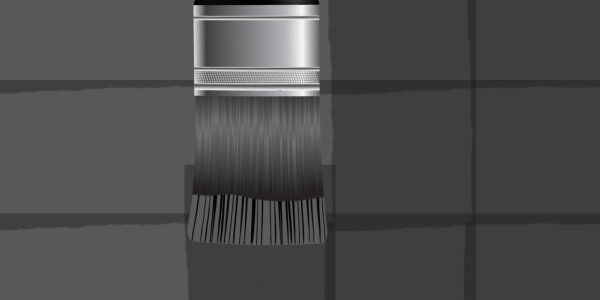
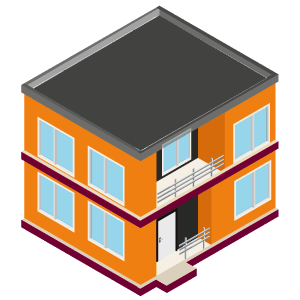
Step 2: Flood Test of the roof slab.
Once the coating of Water Guard 491 has been dried, it is recommended to conduct a flood test over the roof slab by filling it with 3 to 4 inches of water for at least 48 to 72 hours. The leakage points after the flood test should be rectified using appropriate means and the flood test should be repeated until all the leakage points have been rectified.
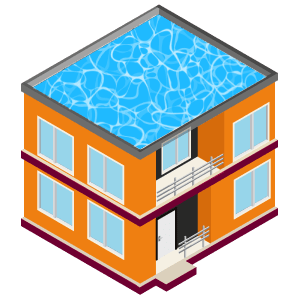
Step 3: Floor Screed with the addition of Ressi SBR 5850 and Silmix to make the slab level.
A screed is usually poured over the roof slab. It is recommended to use a good strong mix design for the screed. It is also recommended to add Ressi SBR 5850 along with the addition of Silmix within the mix of the screed. The recommended dosage of Ressi SBR 5850 and Silmix is 1 Ltr each for every 50 KG Bag of cement used in the placement of floor screed over the roof and balcony slab. For larger areas proper panel grooves should be given in the screed at regular intervals to avoid cracks forming in the screed over time.
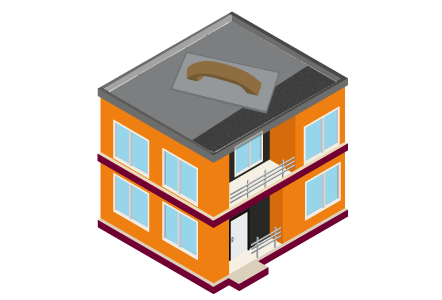
Step 4: Application of EPS sheets using Ressi Insufix 200.
Once the Floor screed has been properly applied and laid, EPS sheets are to be applied using a compatible adhesive of Ressi Insufix 200. It is essential to lay the mortar of Ressi Insufix 200 at a thickness of minimum 8mm in a notched trowel formation and place the EPS over the wet mortar. It is essential to make sure that the EPS sheet is properly pressed over the mortar not leaving any hollow space for air. The recommended minimum thickness of the EPS sheet should be at least 2 inches and should have a minimum density of 32 KG / m3. It is also highly recommended to use a flame-retardant EPS sheet. There should not be very wide gaps between the EPS sheets, the sheets be placed as close of each other as possible.
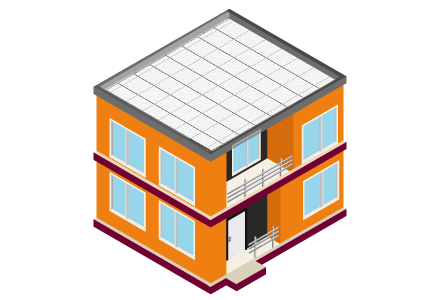
Step 5: Application of Metal Mesh over the EPS Surface.
Once the EPS sheets have been placed properly, it is recommended to lay a metal wire mesh over the EPS surface. It is essential to make sure that parts of the wire mesh are embedded into the EPS sheets and are mechanically fixed. The metal mesh should be overlapped to at least 1 inch. The Metal mesh can also be nailed down and fixed to the EPS sheets.
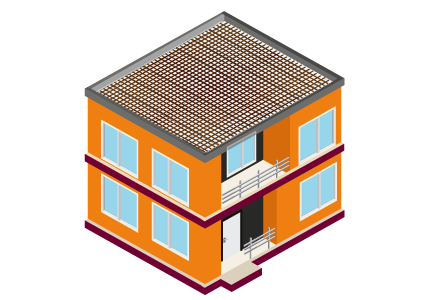
Step 6: Application of Screed with the addition of Ressi SBR 5850 and Silmix.
A screed is usually poured over the metal mesh and EPS surface of the roof slab. It is recommended to use good strong mix design for the screed. It is also recommended to add Ressi SBR 5850 along with the addition of Silmix within the mix of the screed. The recommended dosage of Ressi SBR 5850 and Silmix is 1 Ltr each for every 50 KG Bag of cement used in the placement of floor screed over the roof and balcony slab. It is to be strictly ensured that the screed is placed in a slope moving towards the water drainpipes of the slab. If the slopes are not properly maintained, the functioning life of the slab will be reduced drastically and will cause many issues within the lifetime of the slab. Proper screeding in slope moving towards water drains is one of the most important elements in this system. For larger areas proper panel grooves should be given in the screed at regular intervals to avoid cracks forming in the screed over time.
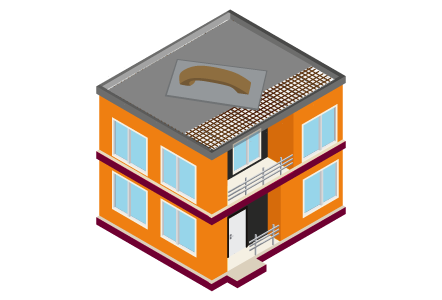
Step 7: Chamfer making with the addition of Ressi SBR 5850 and Silmix in the mortar mix.
Once screeding works have been completed it is recommended to make chamfers between the parapet walls and the floor screed. The material recommended for making the chamfers in this case is a combination of Ressi SBR 5850 and Silmix. Both these materials are added as 1 Ltr each with each 50 KG bag of cement as an additive to promote bonding and waterproofing of the chamfers. The chamfers should be at least 4 inches tall and 4 inches wide along the entire area intersecting the parapet walls and floor screed. These are also to be implemented over sky light openings (if any)
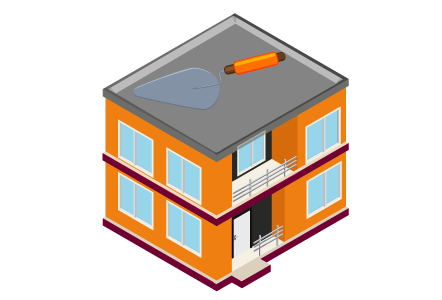
Step 8: Finishing of the screed (If required)
Once the screed has been laid, cured, and dried out completely, it can be finished with a suitable material such as tiles, marble, or any other finish as per requirement. The screed itself can also be left as is if no further finish is required.
What is a Chamfer?
Is a transitional edge between two faces of an object. Sometimes defined as a form of bevel, it is often created at a 45° angle between two adjoining right-angled faces. ( Wikipedia).
In waterproofing systems, making a chamfer is of great significance. Water normally gets stuck in areas which have sharp corners of 90° & on several occasions the leakage of water occurs from this the sharp angle of the water retaining bodies or areas where significant waterproofing is required. To minimize the effect of this, a chamfer is usually created to make sure that there are no sharp angles in the structure to minimize the effect of water coming in & out of the structure.
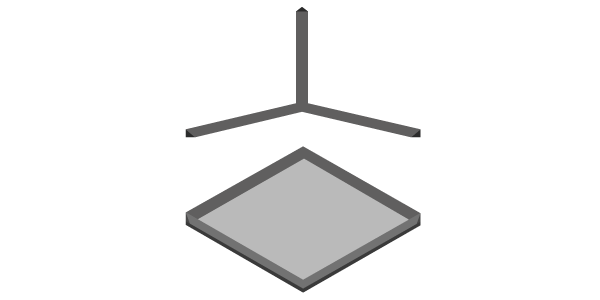
System Summary
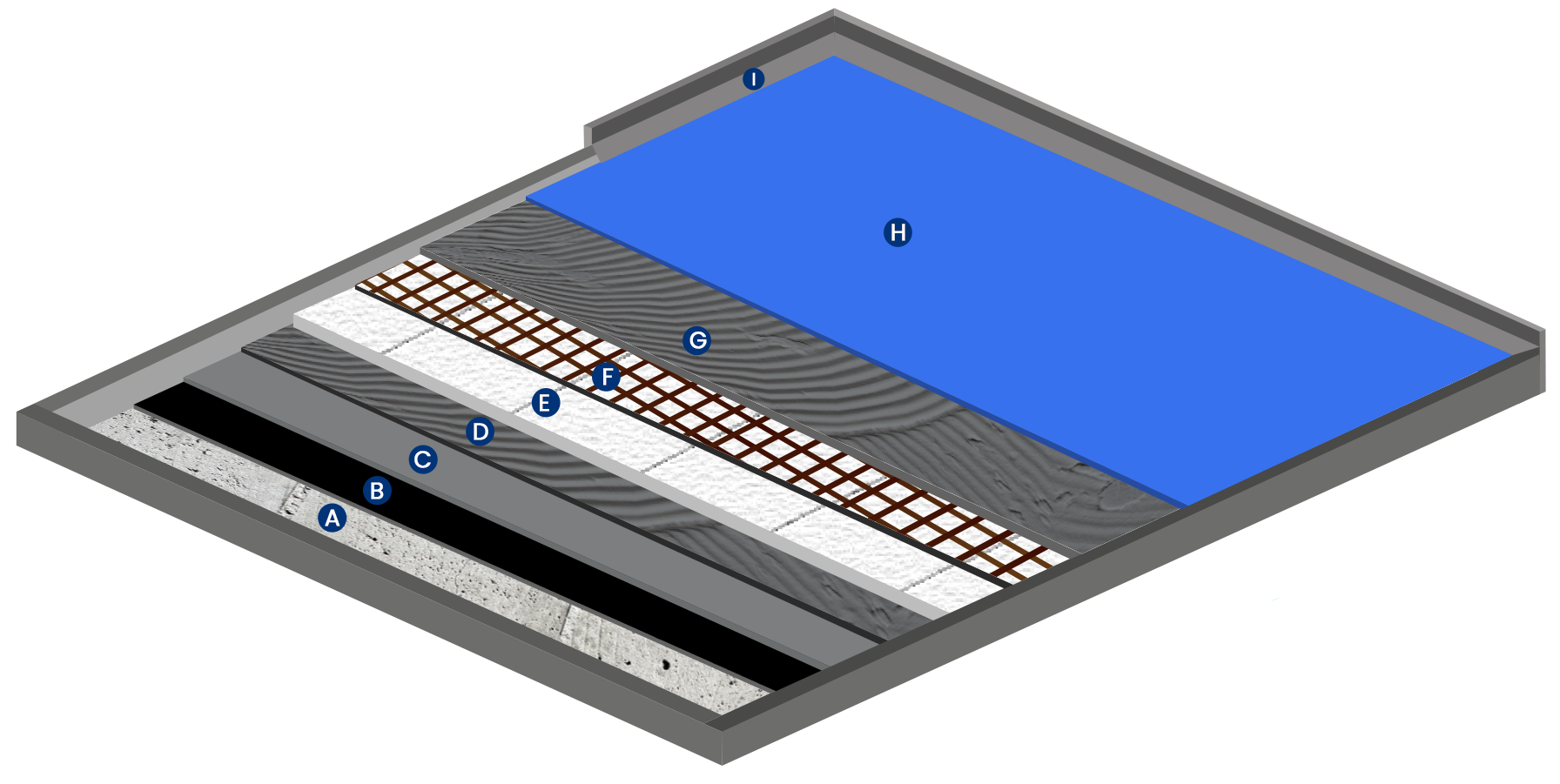
ROOF INSULATION SYSTEM
USING EPS SHEET.
A: RCC Slab
B: Water Guard 491
C: Floor Screed (Ressi SBR 5850 and Silmix)
D: Ressi Insufix 200
E: EPS Sheets
F: Fibre Glass Mesh
G: Ressi Insufix 200
H: Final Floor Finish
I: Chamfer (In Needed)






